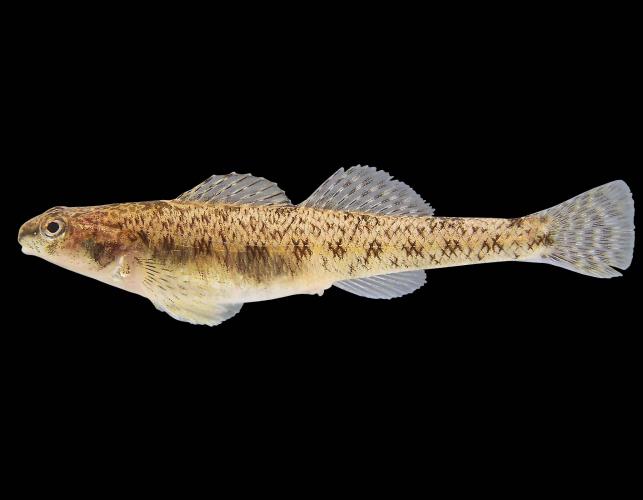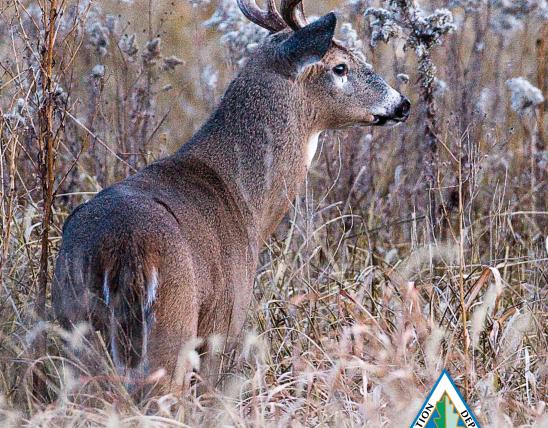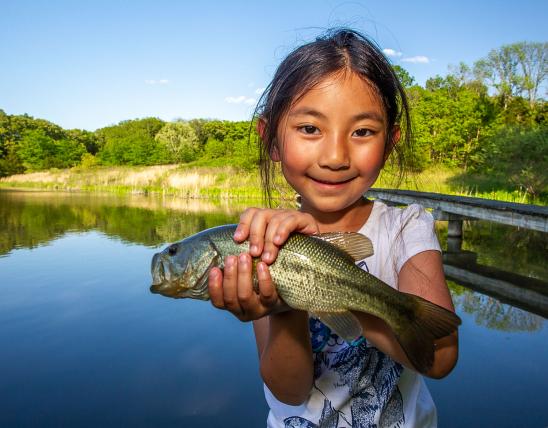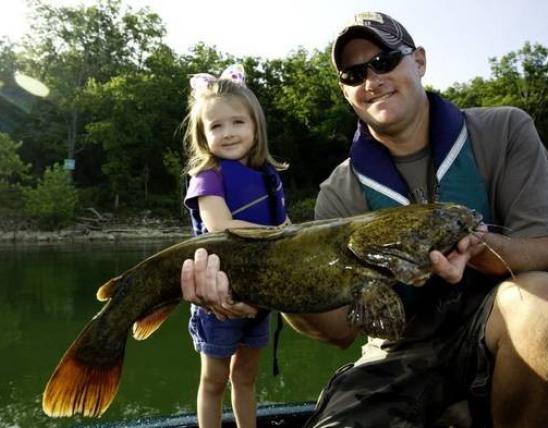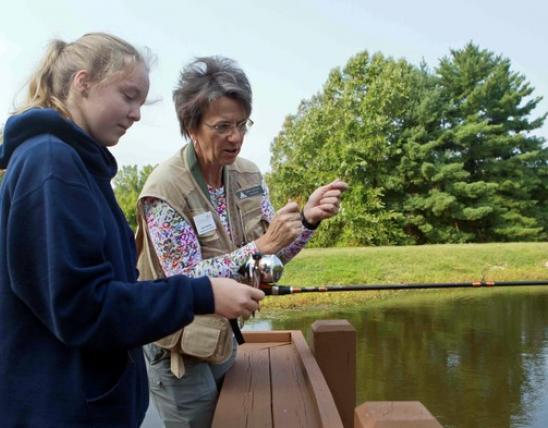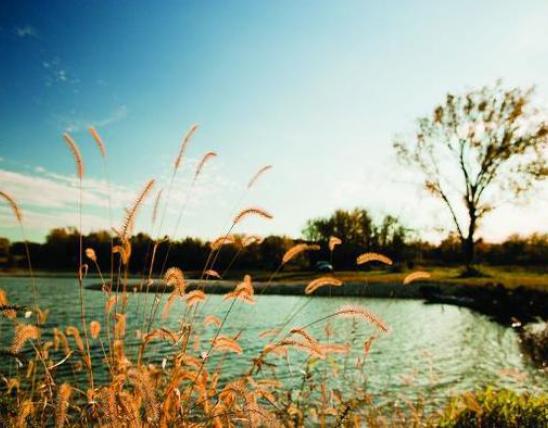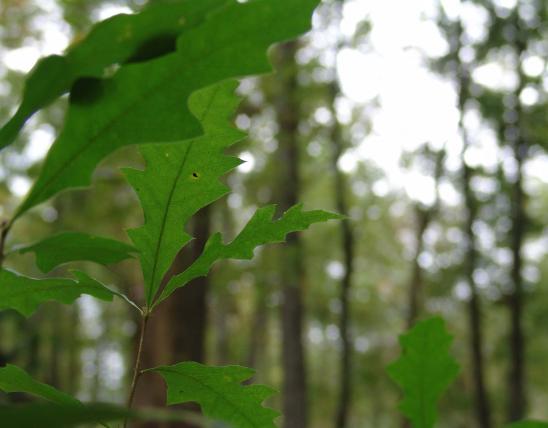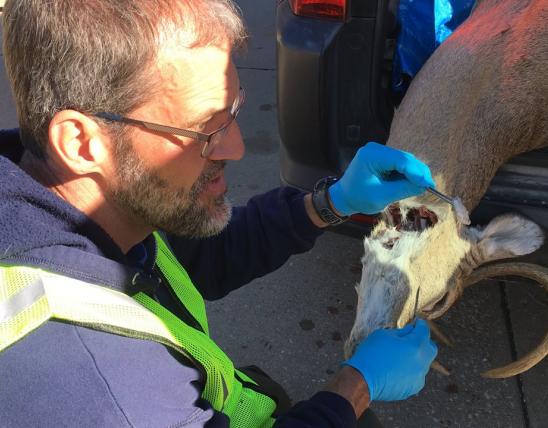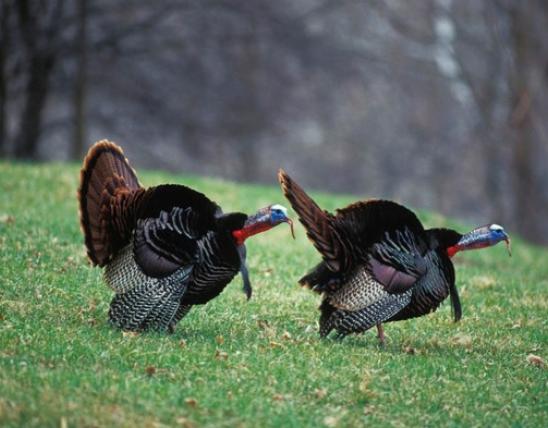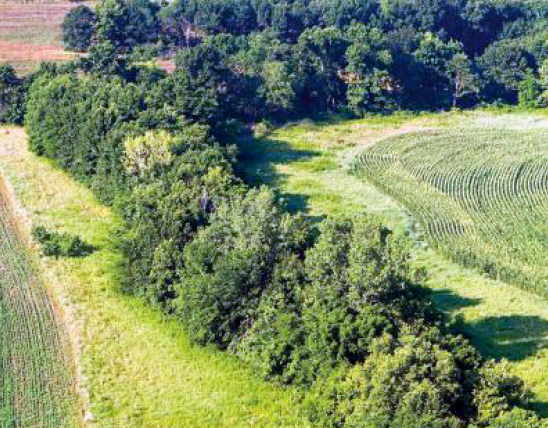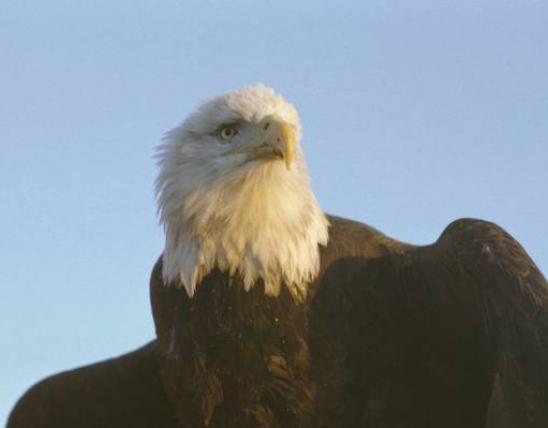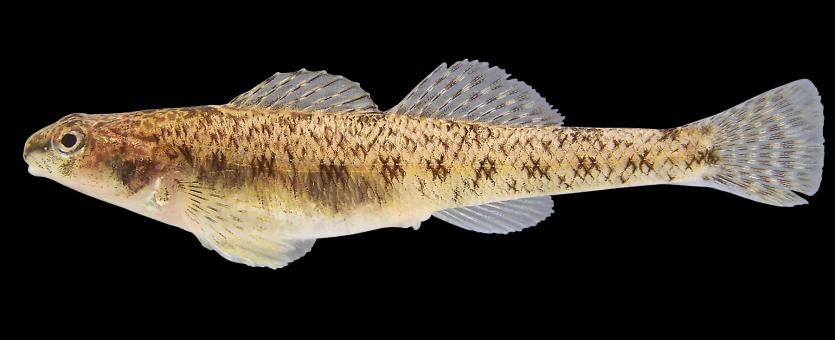
The Johnny darter has a straw-colored body with dark X-, Y- and W-shaped markings on sides. Breeding males are very dark brown with black on head and fin.
Total length: 1½ to 2¾ inches; maximum about 3 inches.

Occur throughout most of the state except the Mississippi Lowlands, south-central Ozarks, and parts of the western prairie region.
Habitat and Conservation
Found primarily in pools and slow-moving riffles in sandy streams. Common in prairie streams of northeastern and central Missouri. Most active in daytime. More tolerant of siltation and turbidity than other darters found in Missouri. More abundant in creeks that in rivers. Unlike many darters, it is more often found in quiet pools than in riffles.
Food
Midge larvae, other aquatic insects and small crustaceans.
Status
One of the most common and widely distributed Missouri darters, occurring over most of the state. It is most abundant in prairie streams of central and northeastern Missouri.
Life Cycle
Lifespan is about 3 to 4 years. In April and May, males clear silt and debris away from beneath a submerged object such as a flat rock. This species spawns upside down on the underside of rocks or other submerged objects.
Human Connections
Darters have been called the “hummingbirds of the fish world” because of the brilliant and varied colors of the breeding males. The next time you admire the colorful fish at a pet store, remember that our own native species possess the same kind of beauty — and that many of them are declining due to aquatic habitat loss and degradation.
Ecosystem Connections
Darters are small predators in the aquatic world, transforming the nutrients of insects and other small arthropods into a form (their own bodies) that is conveniently large enough for larger predators, including bigger fishes, birds, mammals, and reptiles.
